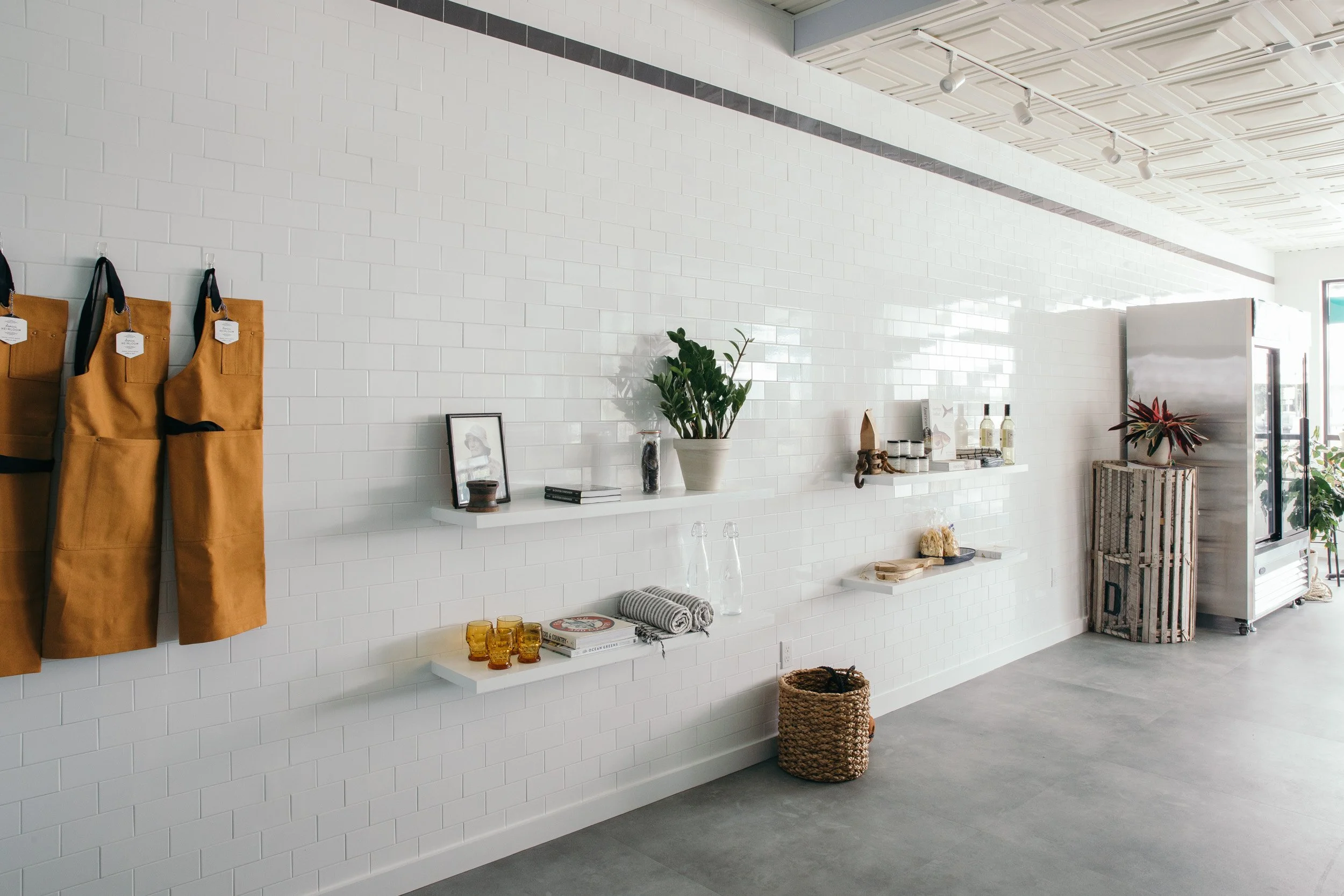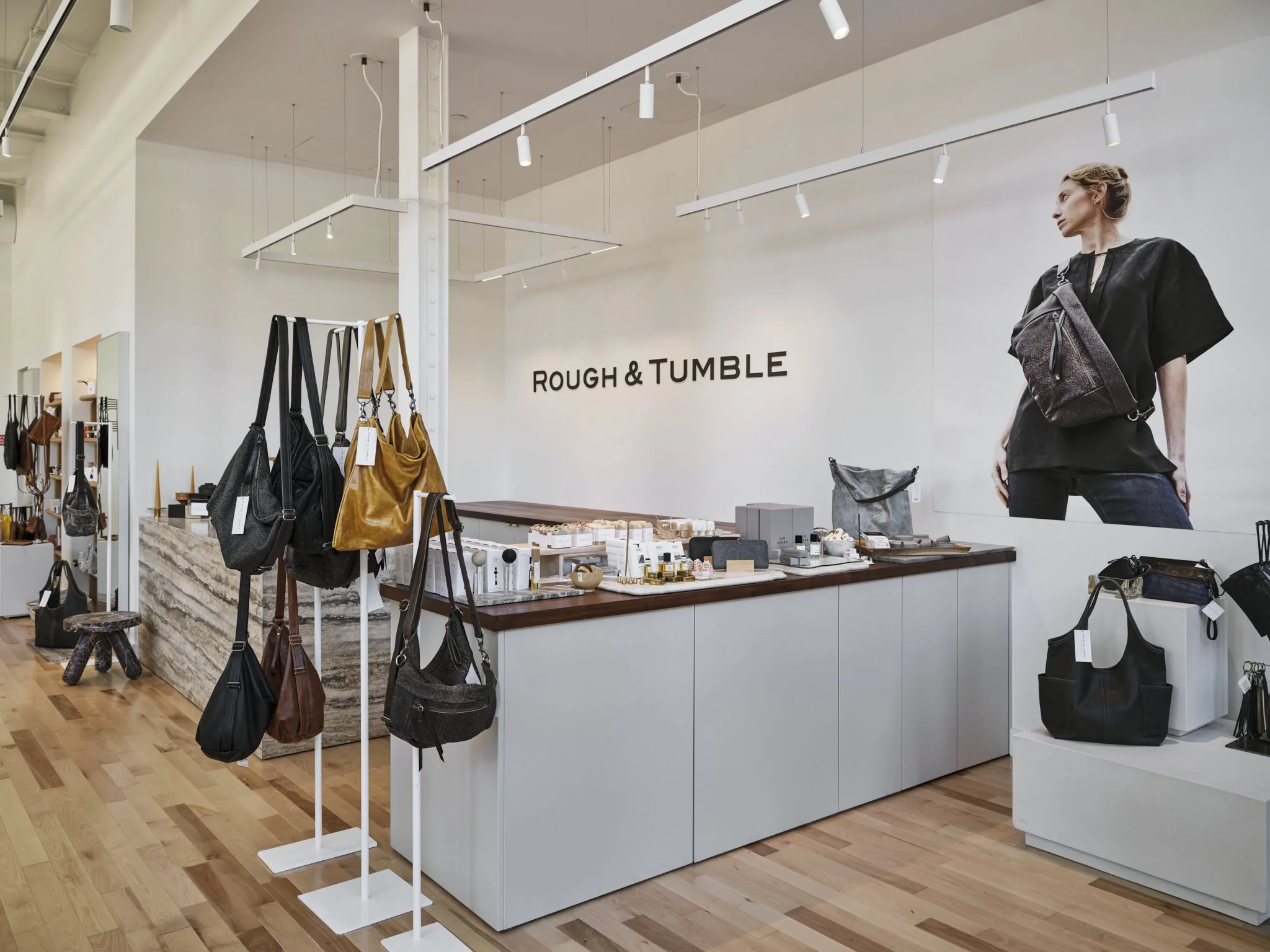The Power of Intentional Light: Commercial Lighting Design in Action
A Look at our Commercial Project & Design Strategies
When done well, architectural lighting does more than illuminate, It orchestrates visual hierarchy, showcases architectural form, elevates materials, and guides experience. At Light + Form Studio, especially in our commercial projects, we use light as a strategic instrument: designed carefully, timed thoughtfully, and layered precisely.
Visual Hierarchy & Flexible Fixtures at Work
Take Orange Bike Brewing and SoPo Seafood - projects where the lighting sets tone and function without overpowering. In Orange Bike, the design intent was to make the space bright, approachable, and residential in feel, which was a contrast to its industrial roots. Adjustable track heads were a major tool: flexible, repositionable, and able to be focused on what is most important. Additionally, we utilized moments of brighter linear glow to create emphasis at the areas where we wanted to attract the most attention.
SoPo Seafood called for curated coastal warmth. Here, accent lighting on the bar and displays draw the eye to featured items, while the ambient layout maintains a welcoming rhythm across the space
Key Strategies:
Track and spot flexibility: For retail and tasting rooms, track lighting enables responsive retail merchandising and spatial adaptability.
Focal vs ambient contrast: Highlighted zones (like display walls or merchandise stations) rise visually above a soft, unifying ambient layer.
Activating Architecture with Layered Design
In spaces like the New England Ocean Cluster and Allagash Tasting Room, the architectural forms become primary. Light draws attention to geometry, circulation paths, and bespoke materials. Using wall washers, recessed fixtures, and integrated linear lighting, we shape a clear path through the space, with focal zones that resonate with brand identity.
This approach delivers clarity in space organization and visual rhythm—without distracting fixture visibility.
Key Strategies:
Recessed linear lighting for efficiency and to emphasize linear geometry
Wall wash fixtures to soften and emphasize vertical planes
Low-profile cylinder downlights painted to blend into structure
Photometrics & Controls
Across all projects, we lean heavily on photometric modeling. These studies simulate real-world lighting distribution before construction, ensuring spaces meet performance expectations and capture the nuance of contrast and glare control. Photometric analysis is a foundational element that separates well-intentioned lighting from truly calibrated design.
Controls systems are another major asset: zoning, scene presets, and tunable-white options help preserve flexibility and sustainability. Our scenes are programmed to adapt to natural light availability and change of day, minimizing energy use while maintaining intention.
Why Invest in a Lighting Designer?
Directional control: We create a visual narrative. Lighting isn't perfected by chance, but by design. Directing the eye, layering materials, and supporting narrative moments are all important aspects of what we do.
Technical finesse: A lighting designer ensures code compliance, balances contrast ratios, mitigates glare, and avoids over‑illuminated monotony. The result: a refined environment that feels both intentional and human.
Client empowerment: Especially in spaces like retail or hospitality, lighting systems that are adjustable and intuitive mean your clients can adapt displays or atmospheres over time without expensive rewiring or redesign.
Integrated with architecture: We don’t just spec fixtures. We coordinate with your finishes, architecture, structure, and daylight strategy. Often fixtures vanish into the design, leaving light to shape space.
From breweries to tasting rooms and mixed-use gathering spaces, the commercial projects from Light + Form consistently show how lighting design can:
Reinforce brand and material identities
Provide flexibility through easily managed fixtures
Direct occupant flow and attention
Operate efficiently and sustainably
For architects and interior designers, bringing a lighting designer on board is more than an add‑on—it’s core to realizing architectural intention, creating meaning, and delivering spaces that perform as well as they look.
Curious to dig into fixture types, photometric thresholds, or how zoning works in practice? I’d be glad to walk through a case example or design toolset in more detail.
We’re here to help! Light + Form Studio offers services tailored to your specific project, to help you create a well-designed, visually appealing, functional space.
-G
Light + Form Studio is a woman-owned, boutique lighting design and consulting studio serving the architects and designers of Greater Portland, Maine and beyond.
Follow us on Intagram @lightandform_studio!







